Considering that the homonymous manga has sold over 14 million copies, its adaptation into anime (and eventually live action) was to be expected with Liden Films and TYO Animations taking up the task eventually. Let us see how they fared.
Buy This Title
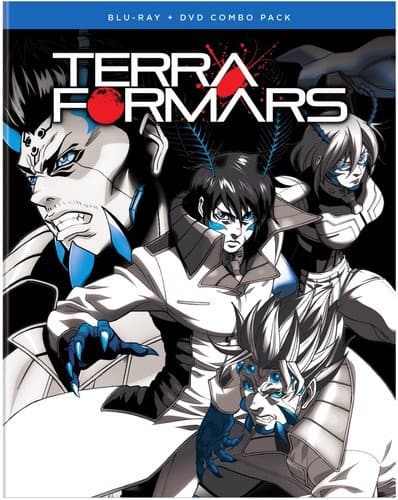
The generic, scif-fi/exploitation story takes place in 2619 AD, and revolves around a group of people who volunteered to undergo surgeries that gave them the abilities of insects or other animals, and to embark on a mission to Mars, in order to collect samples from the planet. These samples will presumably aid in finding a cure for a virus that came from Mars and is now threatening the whole populace of Earth. If things were not already complicated, the cause of the virus is a 500-year project to terraform Mars by sending cockroaches and algae there, with the former transforming into hulking brutes with at least some intelligence, in a matter of time which, in evolution terms, is similar to the speed of light. At the same time, the multinational expedition is tormented by politics, with each country having its own agenda, while, as soon as the spaceships reach Mars, they come across a number of surprises regarding the size of the evolution of the terraformed cockroaches, and a number of traitors that seem to have risen among the humans.
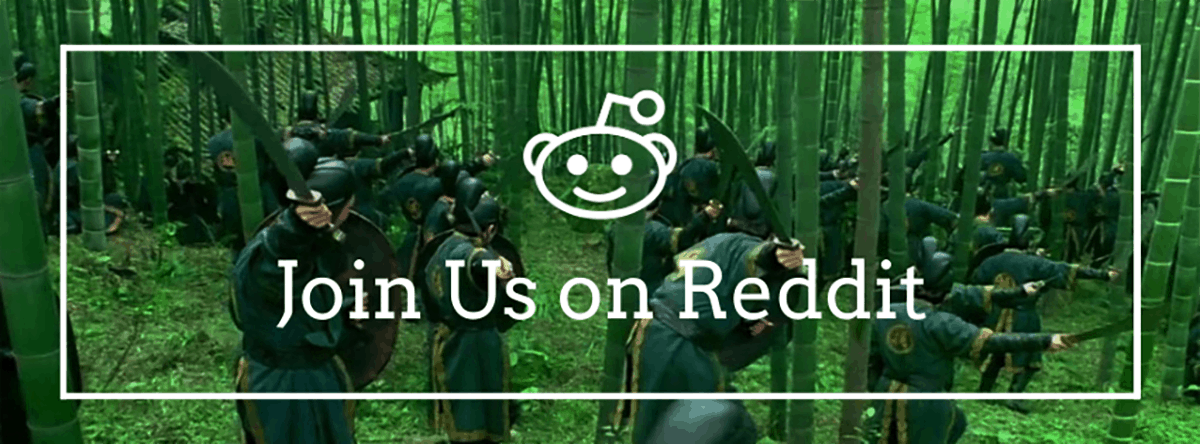
Hiroshi Hamasaki directs the anime in the distinct fashion of the slasher/sci-fi shonen titles, gradually introducing the heroes, their past, and their abilities, and using the concept of the “villain of the week”, which are mostly terraformars that have more intricate abilities that the masses of foot soldiers humans have to face. Hamasaki also builds upon the shock of the realization of the evolution of the terraformars, which leads to some highly unexpected deaths, and also includes some drama, through the back stories of the characters, some romance, the omnipresent fanservice, and a lot of gore. The information about the abilities of the actual insects and other creatures is another intriguing aspect, which adds to the general aesthetics of the title, while the mystery surrounding the creatures induces the anime with some thriller elements, which also work quite well as the basis for the battles.
Technically, “Terraformars” is impressive, with the drawing and the animation by Liden Films being of the highest quality, as exemplified in the various battles, the characters and their movement, as well as on the surroundings and the interiors, all of which feature intricate detail and impressive colors.
Unfortunately, much of the animation style and the general aesthetics are nowhere to be found in the second season, with the change of helms to Michio Fukuda not benefitting the title at the least. In that fashion, the animation looks more “polished,” particularly in the coloring, but the tactic does not fit the exploitation/action aesthetics at the least, as the second season is much more conservative in the depiction of violence, as if the target group changed to ages of lesser years. The final episodes compensate somewhat, with the permeating agony and the number of disclosures, but in general, the first one is much better.
Overall, “Terraformars” is a title that will satisfy all fans of exploitation/scifi, with its basis of action, gore and thriller elements, although fans of realism or drama will have to look elsewhere.


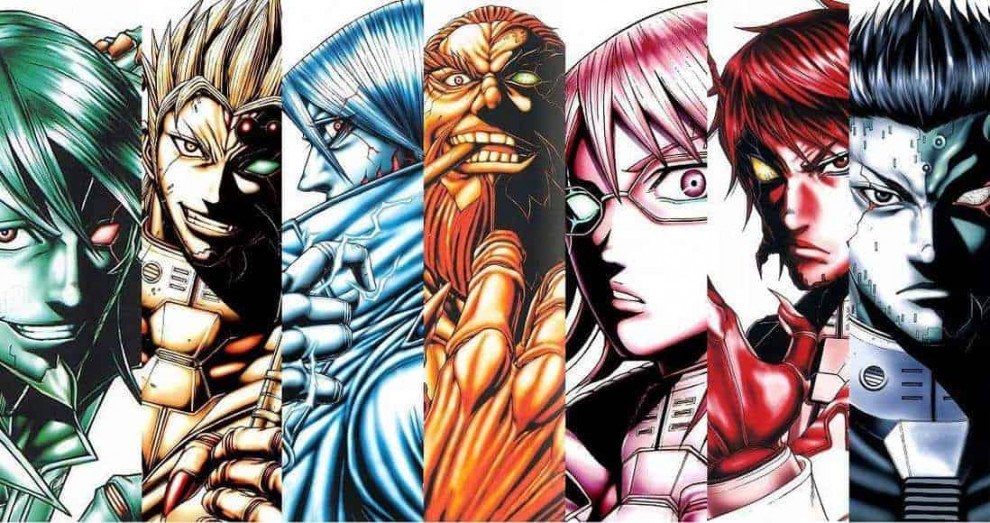

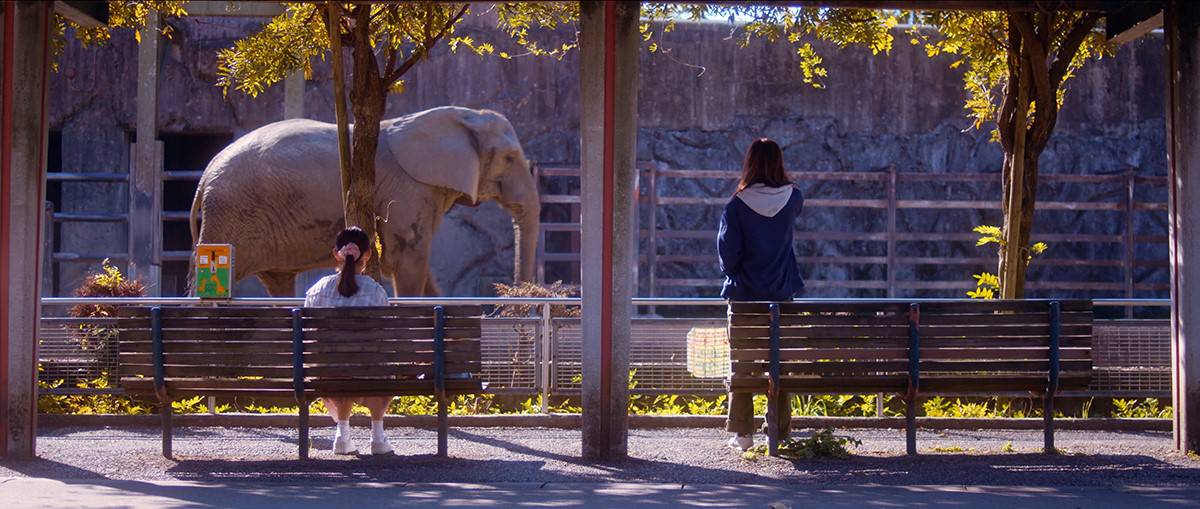
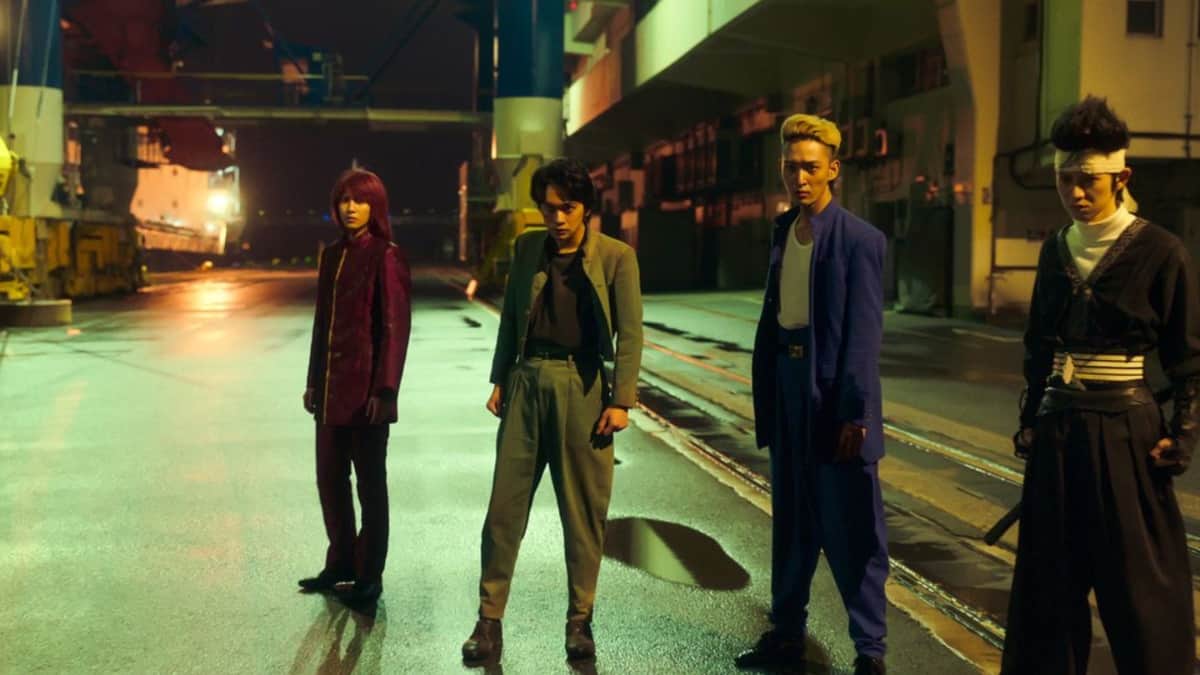
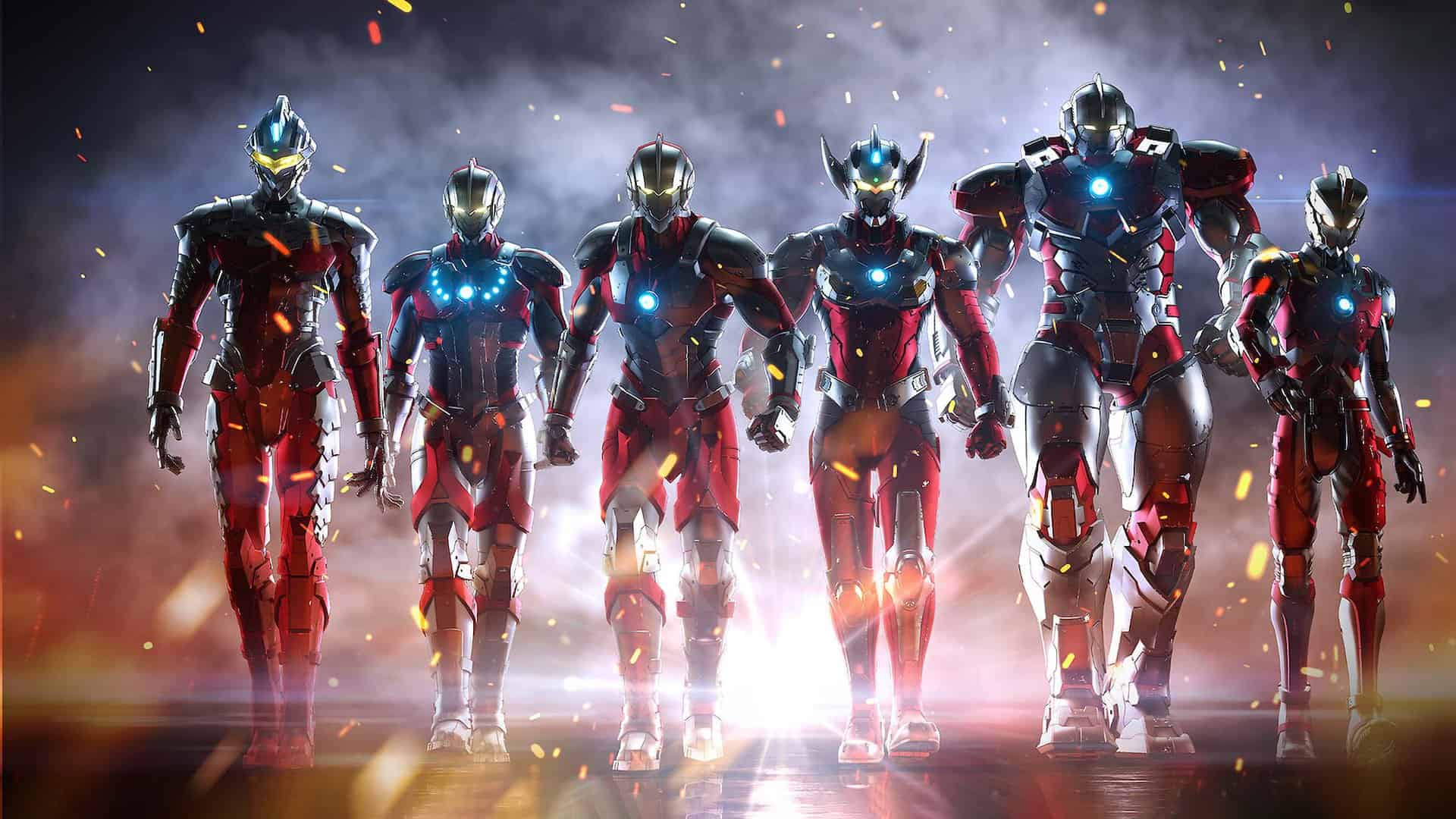

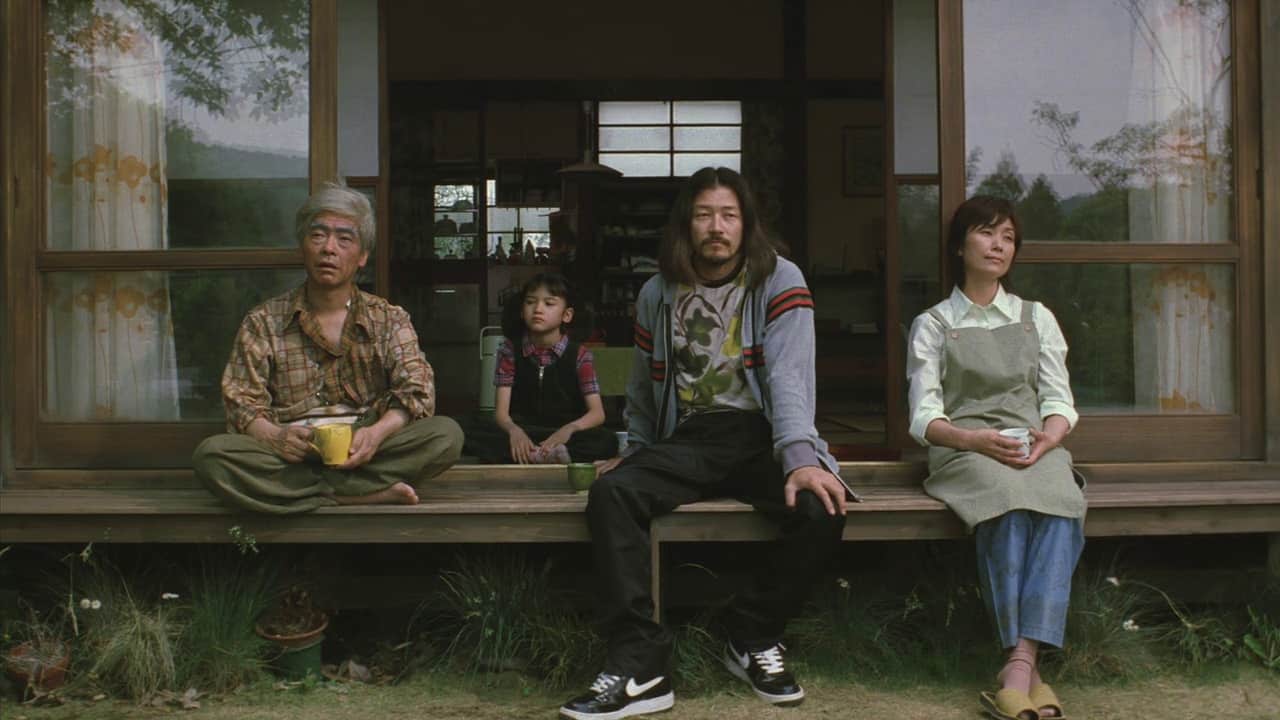







Never got round to watching this, heard alot of people saying this anime is very racist.? or at least gave that impression